STOP CHILD MARRIAGE
Child marriage is a marriage in which one or both spouses are under the age of 18.
- The practice of arranged and/or forced marriages involving children
Even today, many children around the world are victims of forced and arranged marriages. However, this type of marriage is harmful to the health of the minor involved.
- Definition
In some countries it is customary for families to choose the husband or wife of their children. Therefore, it often happens that a young man or young woman is married without their consent. This is what is known as forced marriage. Forced marriages constitute a violation of Human Rights, as this practice does not respect the basic principle of what constitutes marriage (a marital union of free consent between two individuals) and prevents the physical freedom of the person, as well as their ability to decide their future for themselves. Marriages involving an individual under the age of 18 are commonly called child marriages, child marriages or early marriages. Girls and adolescent women are often the most affected by this practice. When they are still very young, sometimes even at birth, their family chooses the husband they will marry as soon as they reach puberty and are able to bear children.
- Causes
In economically disadvantaged regions, poor families see child marriage as a way to improve their lives. A dowry, for example, helps to support the family and protects their children from financial problems. In developing countries, such marriages play a role in preserving culture and strengthening ties between important families.
- Consequences
Child marriages constitute a violation of the Rights of the Child and, in particular, those of girls. Deprived of their childhood, they become wives and mothers without yet having the maturity or discernment necessary to accept and understand what marriage means and entails. These marriages have a detrimental effect on the health of these young girls, both physically and psychologically. They are often raped on their wedding night and become victims of sexual violence at the hands of their husband. Moreover, they are not prepared, either physically or mentally, to undergo pregnancy and childbirth. Many of them give birth prematurely to children whose chances of survival are lower than normal. Furthermore, the experience of giving birth can be fatal not only for the baby, but also for the mother.
- Child marriage as a custom
Customs are practices inherited from the past that are accepted and respected by members of a community. Child marriage, forced marriage or arranged marriage are considered a custom with harmful effects on the health of children. Indeed, minors who are forced to marry against their will are subject to traumas that endanger their physical and mental development. Child marriage is contrary to the definition of the Rights of the Child established in the CRC (Convention on the Rights of the Child) and should be considered a violation of Human Rights in general.
- Denial of rights
Child marriage denies girls the right to choose who and when they want to marry, which is one of the most important decisions of their lives. The choice of a partner is a very important decision that should be made freely, without the influence of fear or coercion. It is worth noting that virtually all countries agree on this.
Many international agreements prohibit child marriage, including the Convention on the Rights of the Child and the Convention on the Elimination of All Forms of Discrimination against Women. The International Conference on Population and Development, held in 1994, also called on countries to eliminate child marriage.
Despite almost universal commitments to end child marriage, 19% of girls are married before they turn 18, which means an average of thousands of girls every day. 5% of girls are married before they turn 15. Girls married or entering into informal unions at an early age are denied the right to equality, education and a standard of living adequate for their health and well-being and for the health and well-being of their family.
- Impact on girls' health, future and family
Child marriage poses a direct risk to girls' health and well-being. Marriage is often followed by pregnancy, even when the girl is not physically or mentally ready. In developing countries, most births to adolescent girls occur within marriage or in a common-law union. In these countries, the leading causes of death among girls aged 15 to 19 are complications from pregnancy and childbirth.
Married girls are also more likely to be exposed to sexually transmitted infections, including HIV. When married, girls are often forced to leave school so that they can take on household responsibilities. Girls who drop out of school are less healthy and economically well off than those who continue their education, and this has a long-term negative impact on their children.
- Factors contributing to child marriage
Child marriage is the harmful result of poverty and gender inequality. Girls who marry at an early age tend to receive less education and live in rural areas. Many poor parents believe that marriage will secure their daughters’ future simply by ensuring that they have another family to care for them. This belief is also common in humanitarian crisis situations, where many parents fear that they will not be able to provide protection for their daughters or care for them. Some mistakenly believe that marriage will protect their daughters from out-of-wedlock pregnancy and sexual violence, a practice that is heightened in periods of crisis.
Other parents view their daughters as a burden or a commodity, a perception that is heightened in periods of crisis. Where the bride’s family pays a dowry to the groom’s family, the dowry is typically lower for younger brides, creating an incentive for parents to marry off their daughters at an early age. In contrast, where the groom's family pays for the bride, parents facing financial difficulties see their daughters' marriage as a source of income.
Child marriage is increasingly the result of a situation where there are few options. When girls do have a choice, they marry later.

Interrupted adolescence: Child marriage and its consequences
In this space, we delve into an in-depth analysis of relevant topics, such as the consequences of child marriage, a scourge that interrupts adolescence and violates the rights of the youngest. Get ready to discover the shocking reality behind this global problem, and delve into the depths of the rights of vulnerable groups. Are you ready to explore together?
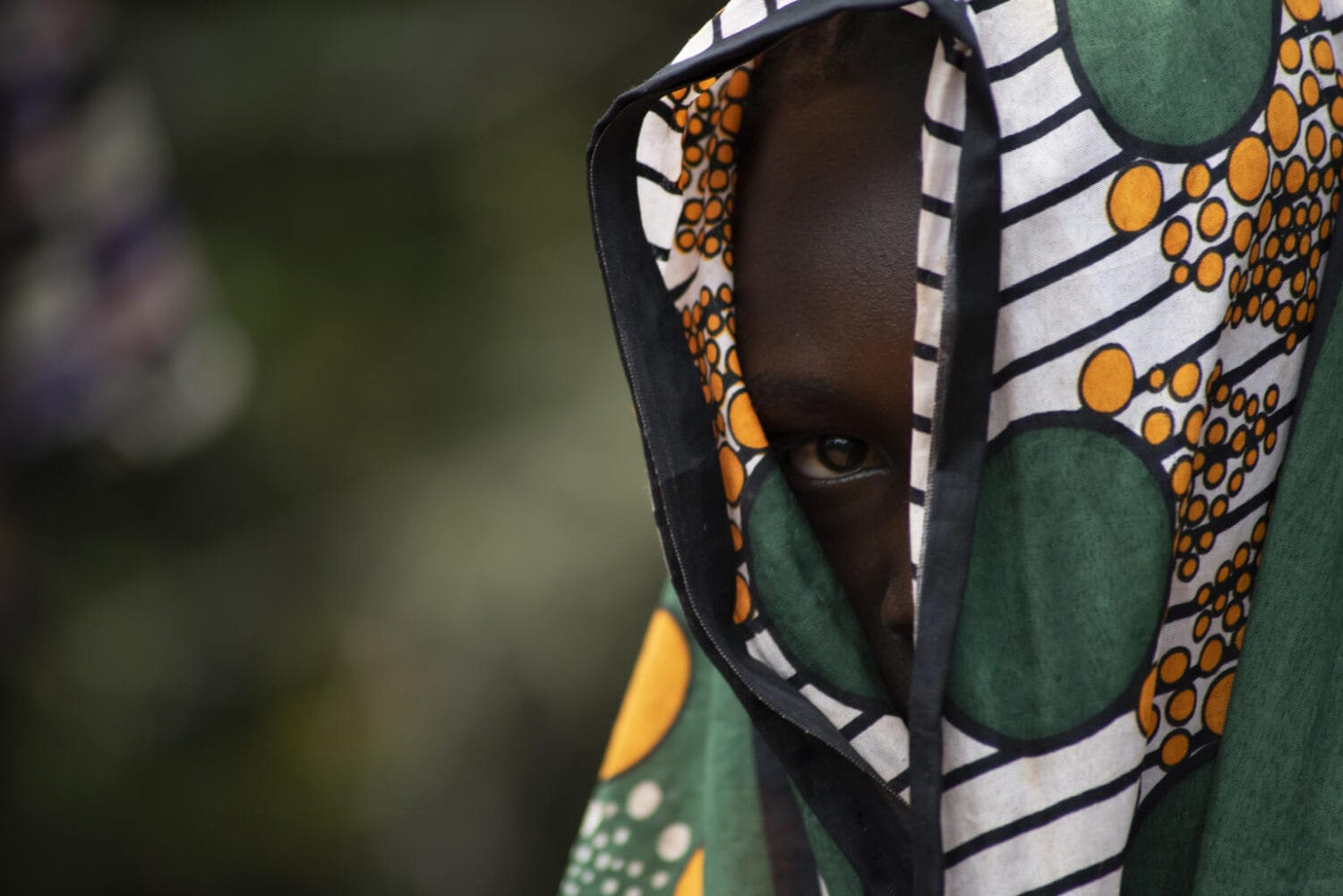
Child marriage is a violation of human rights, but is all too common
Marriage before the age of 18 is a fundamental violation of human rights. Many factors interact to place a child at risk of marriage, including poverty, the perception that marriage will provide ‘protection’, family honor, social norms, customary or religious laws that condone the practice, an inadequate legislative framework and the state of a country’s civil registration system. While the practice is more common among girls than boys, it is a violation of rights regardless of sex.

In these 6 countries child marriage is still legal
Six countries, six faces
Poverty and lack of education, aggravated by Covid-19, are the main reasons that force girls to leave their studies and get married.

Peru
More than 4,300 forced child marriages in Peru await law banning them
It is up to President Dina Boluarte to ensure that the law banning child marriage is published and comes into effect. Given the delay, organizations that defend the rights of children and adolescents insist on compliance.

Colombia
Surviving a forced marriage: a crime that disrupts your entire life
A victim of a forced union can remain locked up for years, until she decides to escape or until someone rescues her
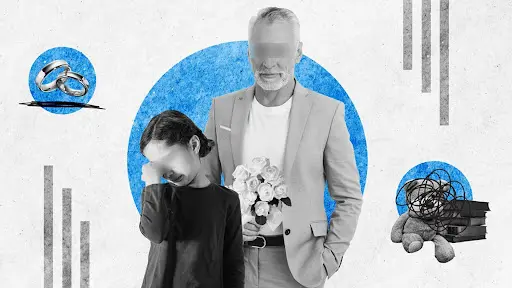
Latin America
UNICEF suggests raising the age of marriage in Uruguay to 18 years
Currently, it is possible to do so from the age of 16. A proposal from the left proposes raising the age.
Read the article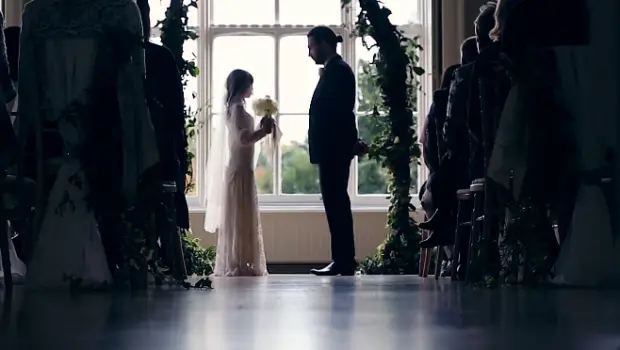
WHAT NO ONE TALKS ABOUT
Argentina has more than 132 thousand cases of child marriage and surpasses Qatar
FEIM conducted a study in Argentina on child marriage of women under 18 years of age and discovered that 4.7% are married or cohabiting.
Read the article
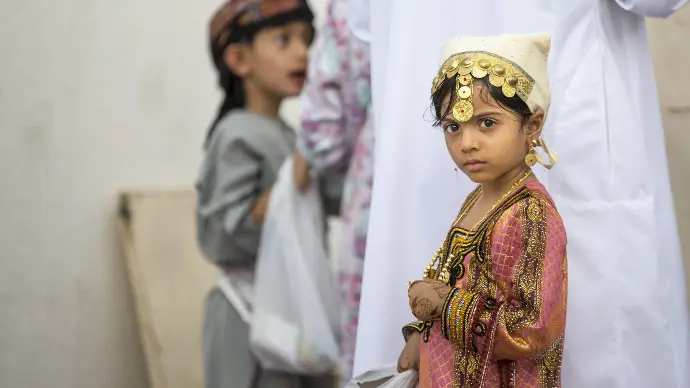
Girls' education as a tool against child marriage
Forced marriage exposes girls to violence and sexual abuse, and the consequences for their psychological, educational and health are irreparable. In some countries, complications during pregnancy and childbirth are the main cause of mortality among adolescents between 15 and 19 years of age.
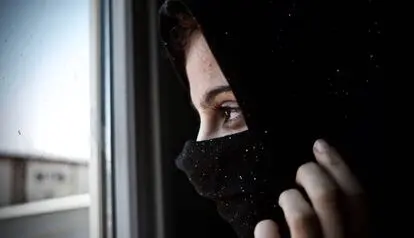
Lebanon and the crisis of child marriages in Syrian refugee camps
Syria, located in the heart of the Middle East, has been the scene of one of the longest and most atrocious armed conflicts in the history of mankind, which resulted in the largest refugee crisis in history with more than 6.8 million Syrians fleeing the country since the war began in 2011.

 IHRO NEWS
IHRO NEWS